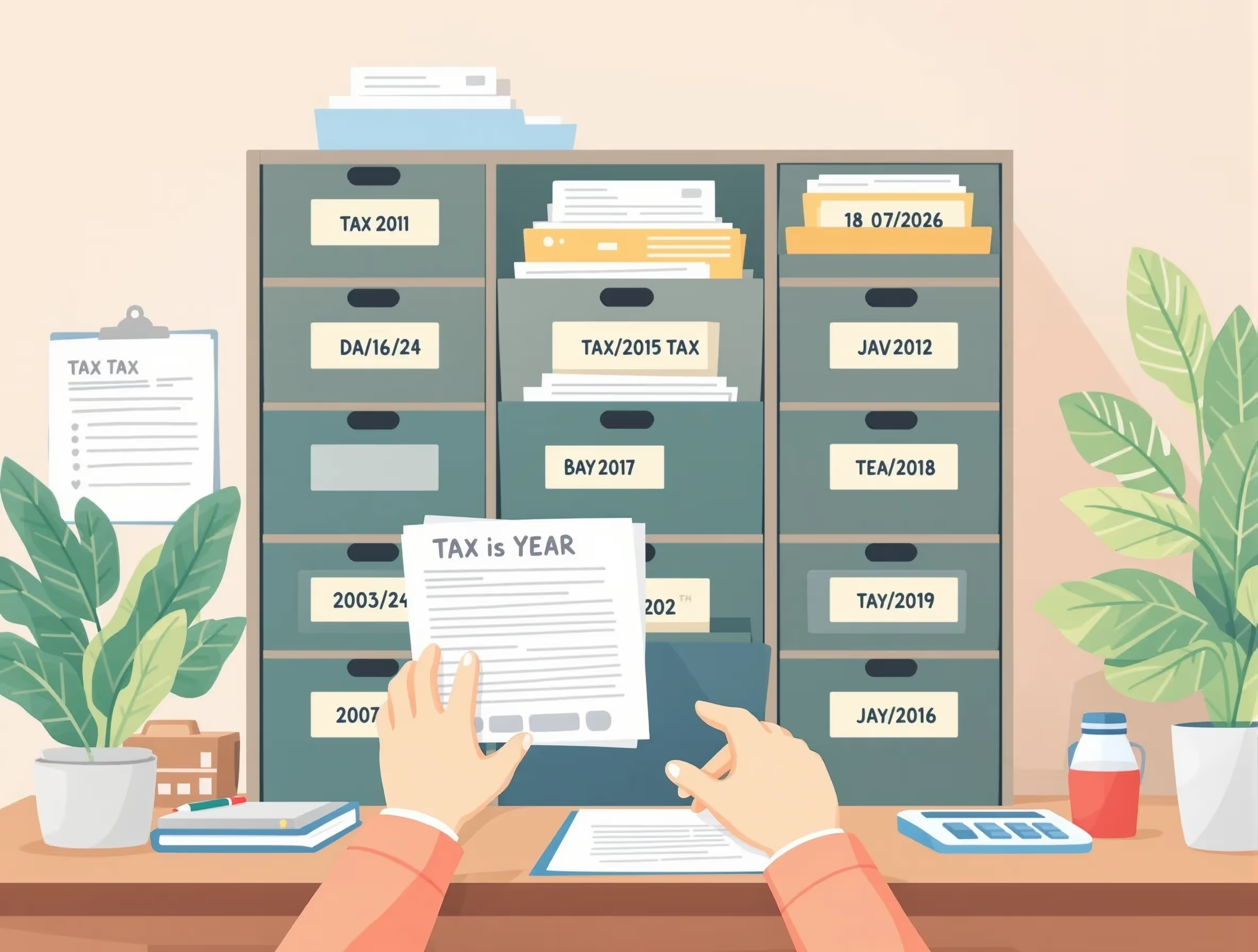
What Form 8858 Is For
IRS Form 8858 (2011) is an informational return used by U.S. taxpayers to report ownership or interests in foreign disregarded entities (FDEs) and foreign branches (FBs). It isn’t used to pay taxes but to help the IRS track foreign income, expenses, and business activities connected to U.S. persons or corporations.
An FDE is a foreign entity not treated as separate from its owner for U.S. tax purposes, while a foreign branch is part of a U.S. business operating abroad. By filing this form, taxpayers ensure compliance with IRS reporting requirements and support accurate reporting of foreign-earned income on their tax returns.
When You’d Use Form 8858
IRS Form 8858 (2011) applies to U.S. persons, corporations, and partnerships that own or control a Foreign Disregarded Entity (FDE) or Foreign Branch (FB). The form accompanies the filer’s annual tax return and reports foreign income, expenses, and activities.
- Ownership requirement: Filed by any individual or business that owns or controls an FDE or foreign branch, even if inactive.
- Filing deadline: Due on the same date as the filer’s regular tax return, generally April 15 for individuals.
- Extension option: Eligible filers may receive an automatic two-month extension (commonly through October 15 for overseas taxpayers).
- Related filings: Required for those submitting Form 5471 or Form 8865 for a foreign corporation or partnership that owns an FDE.
- Late or amended filing: Should be completed promptly; penalties may be reduced if reasonable cause is demonstrated.
Key Rules or Details for the 2011 Tax Year
Several important rules applied to IRS Form 8858 (2011), guiding how taxpayers reported their foreign disregarded entities (FDEs) and foreign branches (FBs) for that tax year.
- Reference ID number: If the FDE did not have an Employer Identification Number (EIN), filers could assign a reference ID number. This field was optional in 2011 but became required in later years.
- Functional currency reporting: Financial details had to be entered in the FDE’s functional currency—the main currency of its operations—and then converted to U.S. dollars using IRS-approved exchange rates.
- Separate filing requirement: Form 8858 had to be filed for each FDE owned or controlled during the year.
- Dormant FDE exception: Entities with little or no activity could use a simplified filing under Announcement 2004-4.
- Schedule M reporting: Filers who reported through a foreign corporation or foreign partnership had to include related-party transactions on Schedule M.
Step-by-Step (High Level)
- Gather basics: Collect the FDE’s legal name, country, address, formation details, and books showing income, expenses, and profits. Include any property used in the branch and summarize services performed.
- Confirm filer status: Determine whether you report directly as the tax owner or indirectly through a corporation or partners in a partnership; this choice will determine which schedules and categories you complete.
- Follow the form’s directions: Read the IRS instructions to understand which items are required and which lines are considered optional or obsolete for 2011.
- Prepare schedules: Complete the income statement, balance sheet, and related-party transactions. Ensure costs are appropriately allocated, deductions and credits are supported, and any wages paid by the FDE are shown when applicable.
- Check identifiers: Enter an EIN or reference ID in the appropriate box and verify currency translation rules; use the maximum accuracy available.
- Attach and file: Include Form 8858 with the relevant tax return and ensure it is submitted by the deadline. If owed changes arise later, you may claim adjustments or refund treatment as applicable.
- After filing: Keep records to address an IRS notice in rare cases; this helps avoid errors, maintain peace of mind, and set clear support for the end of the year.
Common Mistakes and How to Avoid Them
Filing IRS Form 8858 (2011) requires attention to detail. Minor errors can cause penalties or IRS notices. Below are common issues and ways to prevent them.
- Misidentifying an FDE or FB: Some taxpayers overlook that a foreign LLC can be treated as a foreign disregarded entity. To avoid this, confirm the entity’s U.S. tax classification before filing.
- Using incorrect exchange rates: Always apply the IRS’s official “divide-by” rate for the year and document how you converted amounts.
- Incomplete schedules: Fill out every required section, even if totals are zero. Review the IRS instructions before submitting.
- Attaching to the wrong return: Ensure the form is included with the correct tax return—either your personal, corporate, or partnership filing.
- Filing late or missing signatures: Submit on time and double-check that every signature line is complete. Request an extension if more time is needed.
What Happens After You File
After submitting IRS Form 8858 (2011), the IRS treats it as an informational filing, not a payment toward income tax. The details help confirm the accuracy of reported foreign accounts, income, and activities. The IRS may issue a notice requesting clarification or additional documentation if inconsistencies appear.
For example, mismatched profits or deductions could prompt a review. Each filing is subject to limited audit checks, mainly to verify compliance. Keeping organized records can lead to fewer issues and faster processing. Retain all supporting documents for at least six years and note any related FTC (Foreign Tax Credit) claims.
FAQs
What penalties apply if a foreign disregarded entity is not reported on time?
Not reporting a foreign disregarded entity on IRS Form 8858 (2011) may result in penalties starting at $10,000 per form. Continued noncompliance can lead to additional fines or the loss of foreign tax credits.
Does Form 8858 need to be filed even if no foreign-earned income was received?
Even without foreign-earned income, the IRS requires Form 8858 to disclose ownership or control of disregarded foreign entities and branches for record accuracy.
How does Form 8858 relate to a taxpayer’s primary tax return?
Form 8858 must be attached to the filer’s annual tax return—for example, Form 1040, 1120, or 1065—depending on the filer type.
Are foreign accounts reported separately from Form 8858?
Foreign accounts are typically reported on other forms, such as the FBAR or Form 8938, while Form 8858 focuses on business operations tied to foreign disregarded entities.
What counts as earned income from a foreign branch?
Earned income includes wages, service payments, or business profits from foreign branches. These amounts must be reported under applicable U.S. tax rules to ensure proper credit or exclusion eligibility.
























